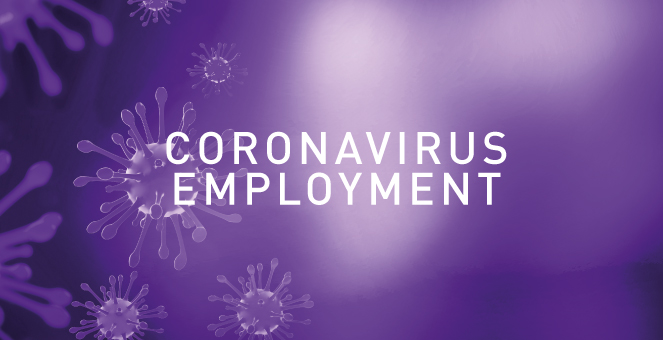Following last month’s announcement by the Chancellor regarding changes to the Coronavirus Job Retention Scheme (CJRS), the Government has updated its website with further guidance as it winds the scheme down to a close by the end of October.
The two areas that employers and employees are keen to understand is how the new ‘flexible furlough’, available from 1 July, will work; and how employers calculate payments, both for flexible furlough and as the Government’s contribution reduces between August to October.
By way of reminder, from 1 July employers will only be able to furlough employees who have already been furloughed for the minimum period of three weeks before that date (i.e. the last opportunity to furlough someone for the first time was 10 June). After 1 July, the minimum three-week period of furlough no longer applies and flexible furlough agreements can last for any period.
If intending to use flexible furlough from 1 July, with employees partially working and partially furloughed, the employer will be required to keep a new written agreement. The guidance confirms that the employer will have to pay employees in full for hours worked and may continue to claim CJRS grants for normal hours not worked, subject to the capped amounts of grant available. The updated guidance includes worked examples of how to calculate pay for a flexibly furloughed employee, information which those struggling with ever more complicated payrolls may find useful.
The updated guidance also details how CJRS grants will be tapered, again as previously announced, with employers paying employer national insurance contributions (NIC) and employer pension contributions from 1 August and CJRS continuing to pay 80% of wages up to a cap of £2,500: from 1 September, the CJRS contribution reduces to 70% (capped at £2,187.50) and employers will also have to pay 10% of wages; and from 1 October, the CJRS reduces further to 60% (capped at £1,875) and employers will have to pay 20% of wages.
The updated guidance also acknowledges the announcement made by the Treasury on 9 June that the 10 June cut-off for furloughing employees for the first time will not apply to those returning from family-related leave. As such, employees returning from maternity, adoption, paternity, shared parental or parental bereavement leave will still be eligible for the furlough scheme even if they have not previously been furloughed by 10 June, provided the employer has used the furlough scheme for other employees by that date.
Please note: Nothing in this article constitutes legal advice and we are not liable for any reliance on the information provided. This is a rapidly changing subject, and whilst correct at the time of writing, circumstances may have changed since publication.
To find out more about anything covered in this article, or to discuss the potential impact of COVID-19 on your business, please contact Kerrie Hunt or another member of Thrings’ Employment and Immigration team.
